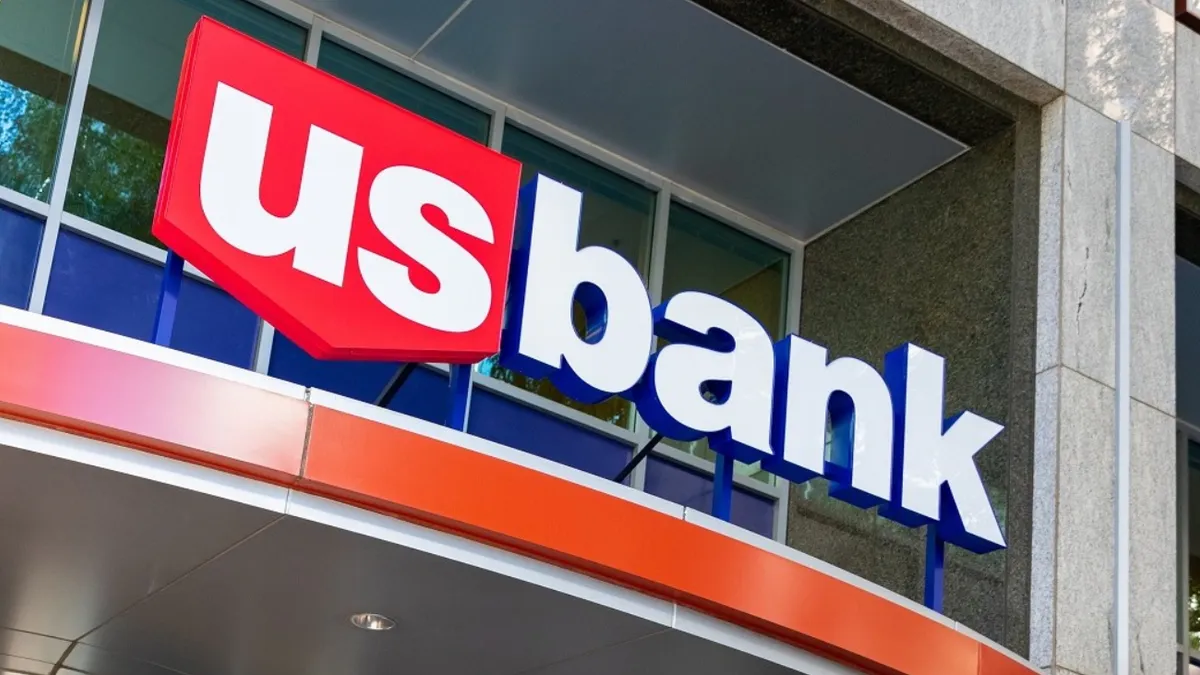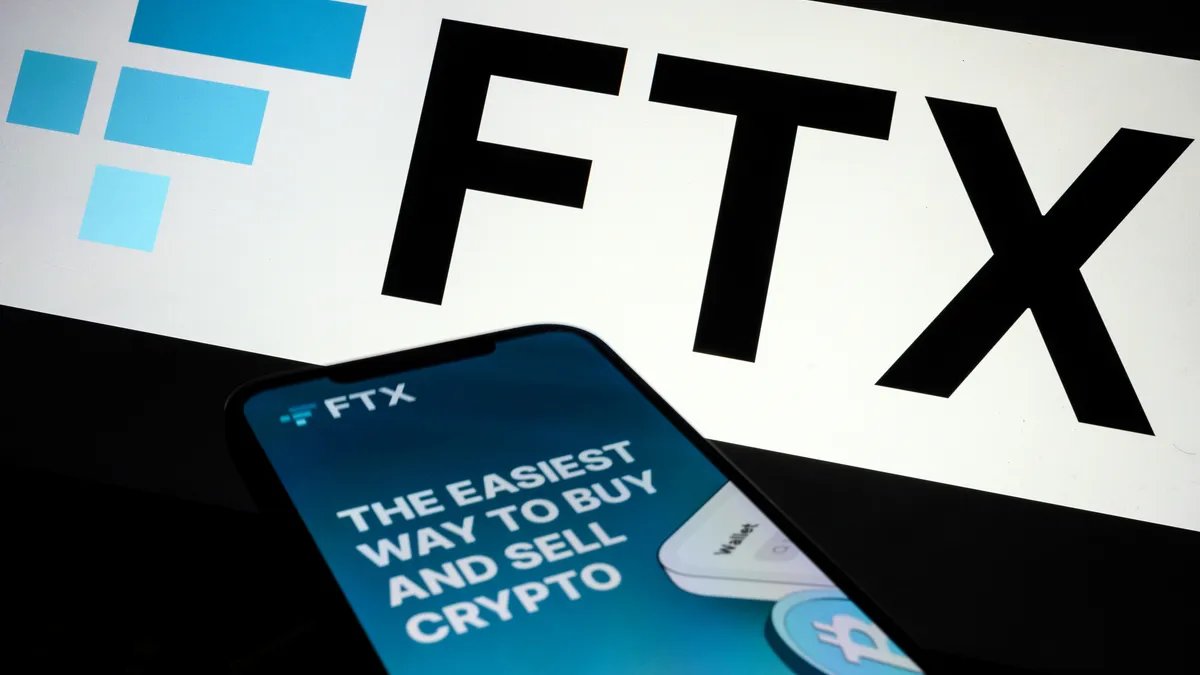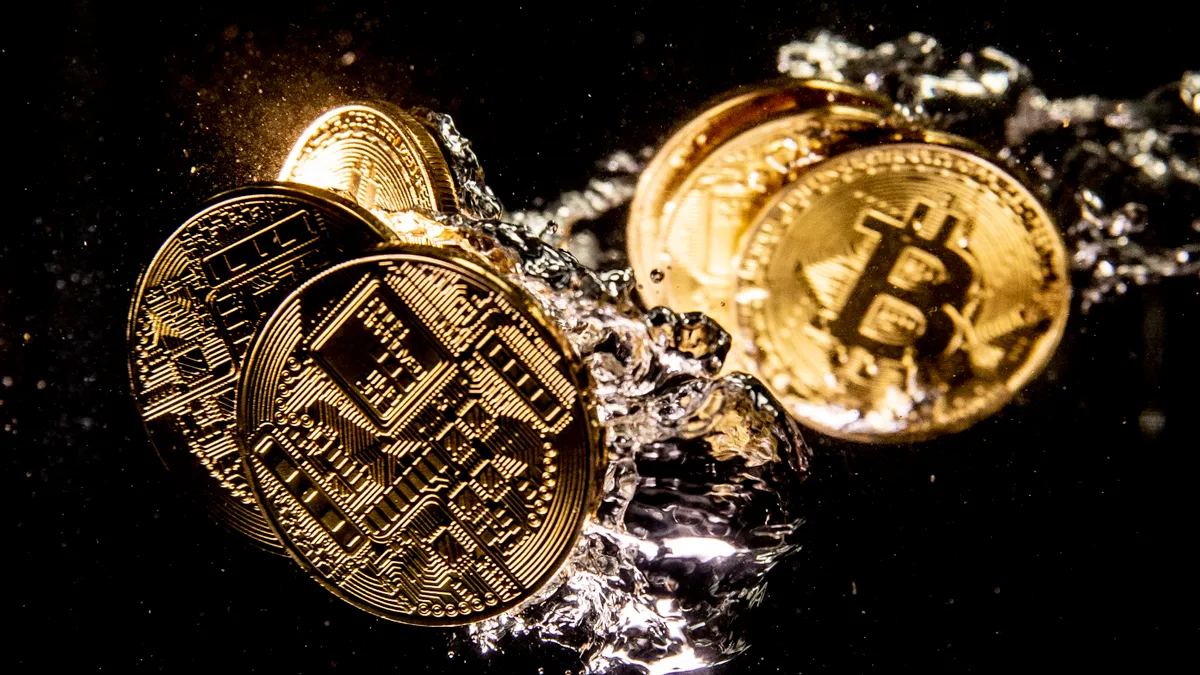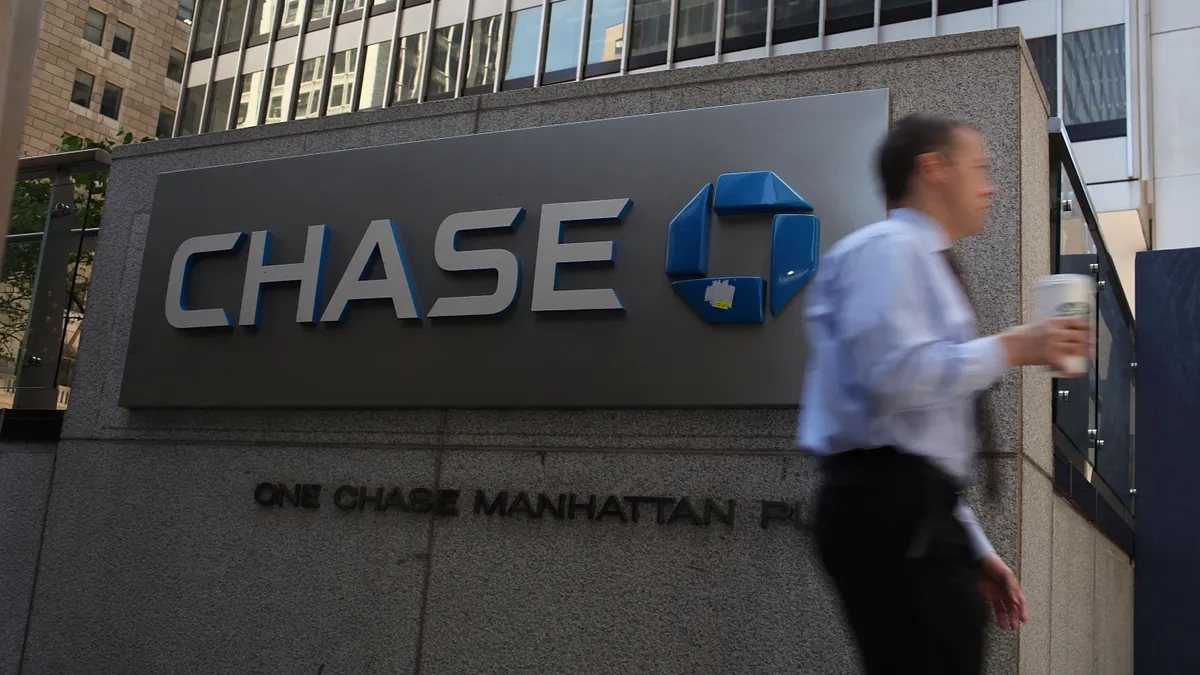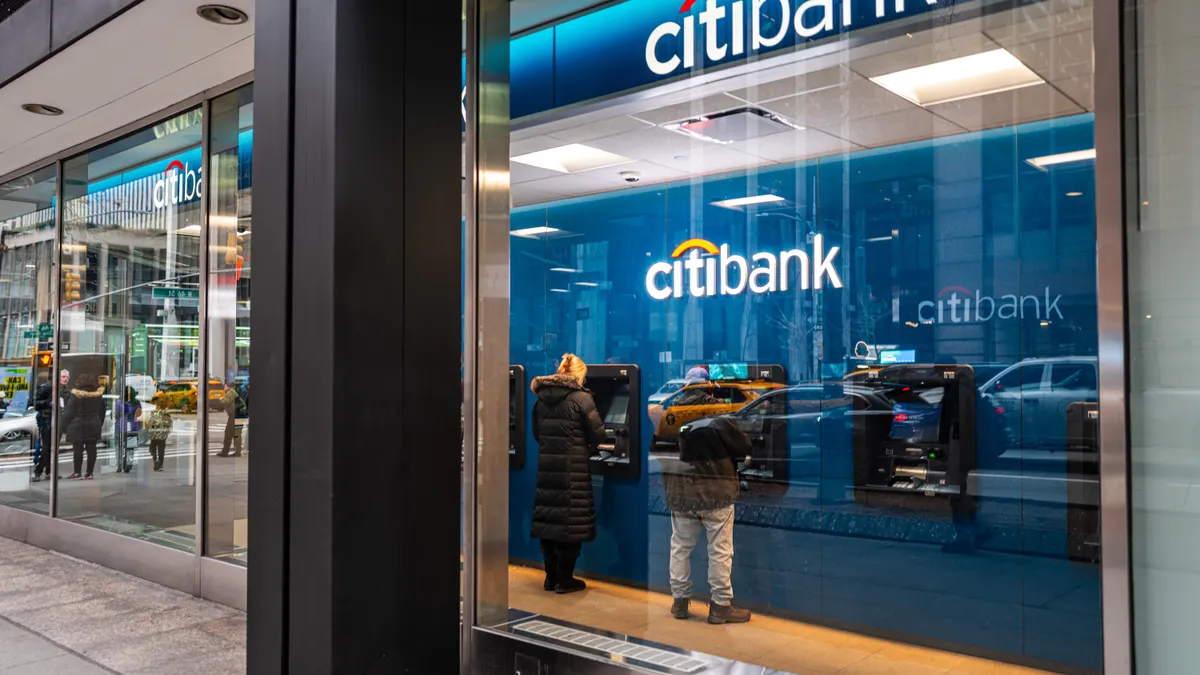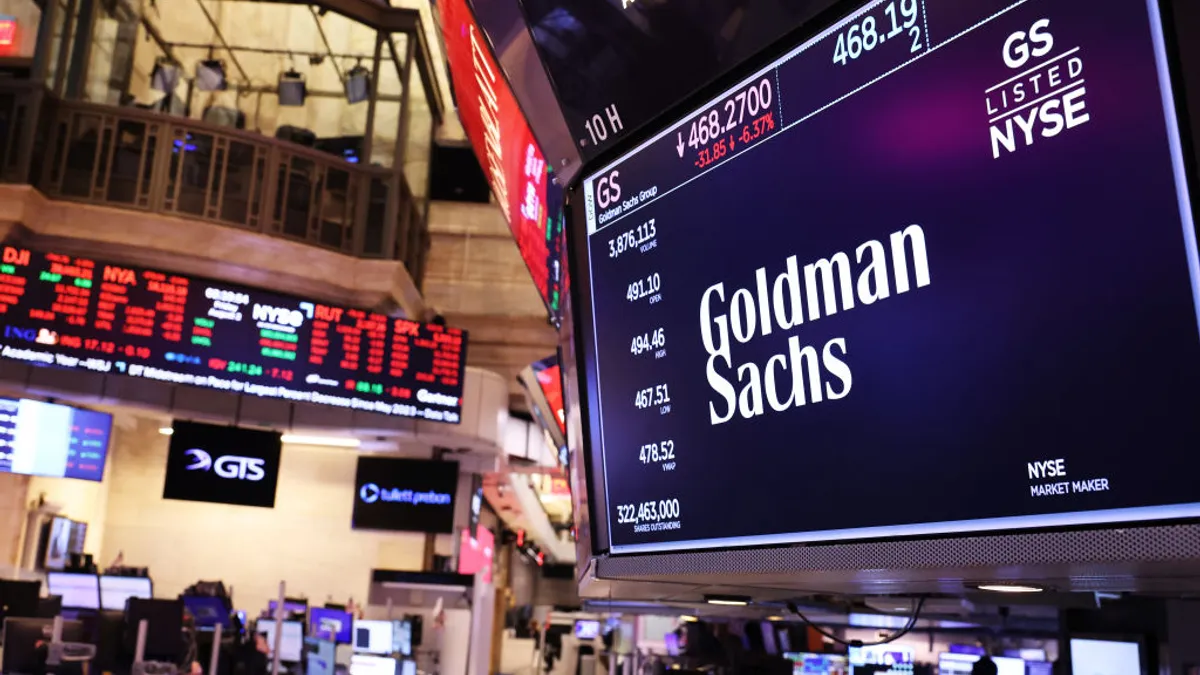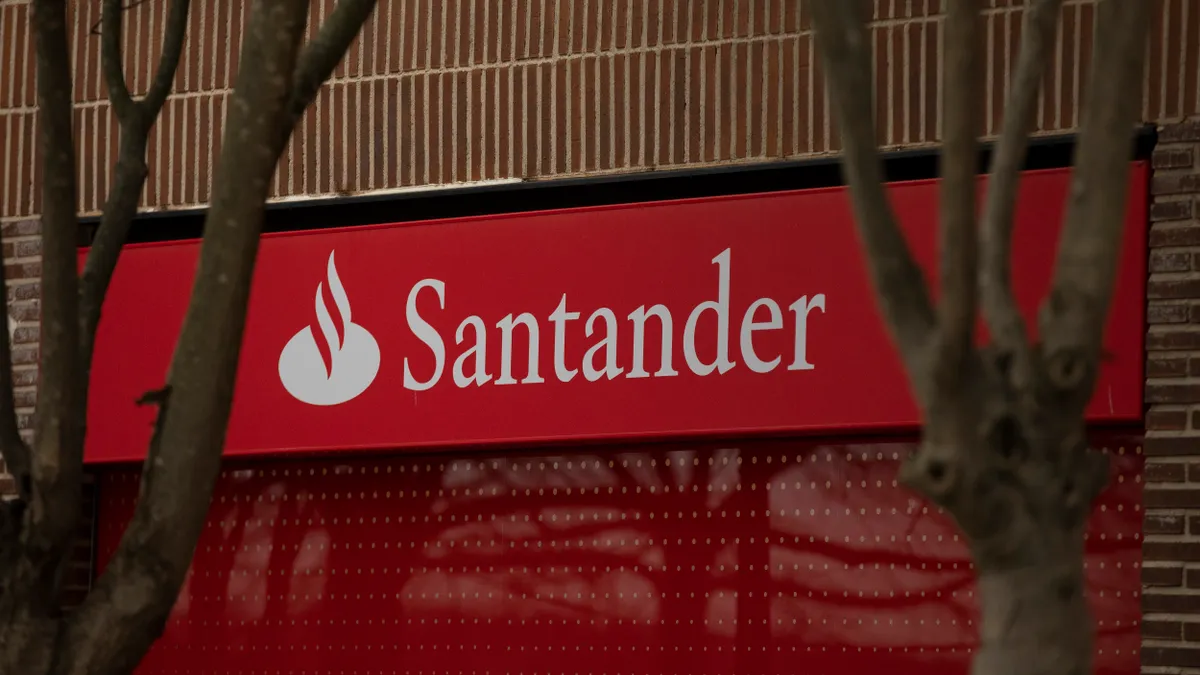The promise of higher interest rates, lower fees and around-the-clock accessibility fueled a surge in new customers for online-only direct banks over the past year.
However, J.D. Power’s recent U.S. Direct Banking Satisfaction Study reveals that shortcomings in customer service and prompt issue resolution weighed heavily on overall customer satisfaction scores, hampering direct banks' performance, especially when it comes to checking accounts.
“Despite significant increases in deposit interest rates for both checking and savings accounts — but decreases in the proportion of customers who had to pay a fee or experienced a problem — overall satisfaction still declined,” for online-only banks, Paul McAdam, senior director of banking and payments intelligence at J.D. Power, said in a statement. “That’s because customers who experienced problems had a very tough time resolving them in a timely manner, causing satisfaction with the ease of problem resolution to decline sharply.”
Among checking providers, Charles Schwab Bank fared the best with a score of 732, based on a 1,000 point scale. Capital One came in second, and Ally was third. SoFi scored 682 points to take the fourth position, and Varo Bank occupied eighth place with 646 points.
Marcus by Goldman Sachs ranked highest among savings providers with a score of 756, followed by Ally Bank in second and Capital One, third. In that category, Charles Schwab ranked fifth, followed by SoFi, which took seventh place, and Varo in 11th place.
The overall customer satisfaction average score for direct bank checking accounts was 688, down 27 points from 2023; for direct savings accounts, it was 710, down eight points from last year. The study, in its eighth year, is based on responses from 8,648 direct bank customers collected from December 2023 through March 2024.
The study measures overall satisfaction with direct bank and neobank checking, savings and money market products based on customer service; ease of moving money; assistance growing money; trust level; ability to manage an account via mobile app or website; and potential to reduce banking fees. SoFi and Varo Bank declined to comment on the study.
J.D. Power observed a surge in new customer volume with this round of the study, and the lowest satisfaction scores were among customers who’ve had accounts with banks for less than two years, McAdam told Banking Dive. Despite lower scores, customers are more satisfied with digital-only banks than traditional banks in the long run, he said.
“Once the customer has been with these digital-only banks for a few years, satisfaction scores start to rise,” he said. New customers try out the bank during the first couple of years to determine whether it suits their needs, according to McAdam.
“They are exploring and they want to make sure everything's okay before they may commit to a full relationship and bring all of their money over, and so that's why these first couple of years are very important,” he noted.
Consumers seek better interest rates on deposits and lower fees, so digital bank checking accounts can draw customers with promises of no minimum balance, no fee and no overdraft charges. But consumers also come to online-only banks for better technology.
“They want it to all be digital,” McAdam said. “[But] fees and deposit interest rates really are the primary drivers.”
Reasons for decline
The drop in customer satisfaction was fueled by declining engagement in both apps and websites, J.D. Power discovered. Customer satisfaction with the visual appeal of the information on the screen and the clarity of information — the overall look and feel of the site — declined compared to last year, the study found.
Consumers are also drawn to digital-only providers because of the range of services these banks offer, like budgeting and savings tools, and helping individuals understand their credit scores; however, according to McAdam, not all direct banks are offering these services on their digital channels.
Banks ranked lower primarily due to customer service and problem resolution, J.D. Power said. Most problems involved issues with debit cards, fraud and unauthorized account activity, and problems related to interest rates paid on deposit accounts. Customers said they found it difficult to reach and interact with live phone representatives this year.
This year’s study saw a significant decline in the timeliness of resolving an issue and the knowledge of the representative handling it, J.D. Power reported. The total time required to resolve a problem was 2.6 days — up from 1.9 days last year.
“[T]he ratings of the knowledge of the representatives have declined quite significantly as well,” McAdam said.
Lack of representative knowledge can be chalked up to difficulty hiring and retaining customer service employees, he said. Some banks outsource customer service operations to a third party, and firms that do so generally experience lower satisfaction, McAdam noted.
Neobank satisfaction rate
The study also included neobanks or non-charter banks, which fared lower on customer satisfaction due to a lower level of trust and customer service, but McAdam pointed out that not every customer opts for customer service and many times the apps work seamlesslesly.
With neobanks, “there is just an overall lower level of trust because they are newer companies [and] a little less familiar,” McAdam said. “Some of them, like Chime and others, have been very active in building brands and advertising. But we do see just lower overall levels of trust with the brand, and these customer service gaps are larger with the neobanking brands.”







